Sir George Biddell Airy 1801 – 1892 – Guiding Mankind to Mars
George Airy was born in Alnwick in 1801. In 1819 he went to Trinity College, Cambridge, where his career as a mathematician and astronomer was launched. In 1835 he became Astronomer Royal, a position he held until 1881. During that period he led many important developments in astronomy.
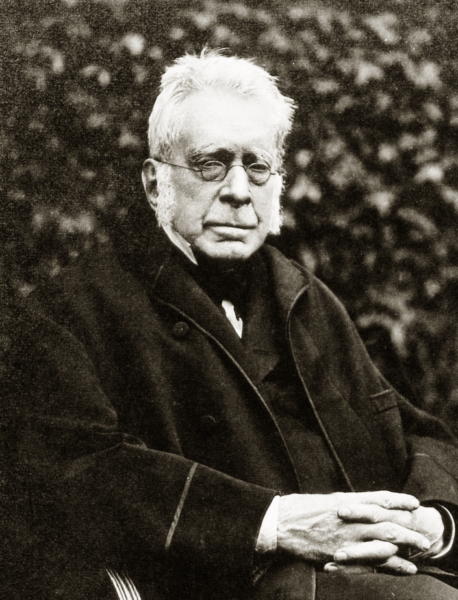
After leaving Alnwick in 1805 George attended Colchester Royal Grammar School where it was recorded that “he overcame some of the dislike of his schoolmates by his great skill and inventiveness in the construction of peashooters and other such devices”. This skill at creating new approaches and new equipment was one he carried through the rest of his life, achieving immortality in a way no person is ever likely to emulate.
The Airy Geoid
In 1830, George carried out calculations to determine the difference between the diameter of the earth at the equator and at the pole, effectively working out how non-spherical the earth actually is. This is fundamental to accurate mapping. Despite more accurate measurements becoming available, his ‘Airy geoid’, known as the OSGB36 projection, is still used today by the Ordnance Survey for the mapping of England, Scotland and Wales because it better fits the local sea level which is about 80 cm below world average.
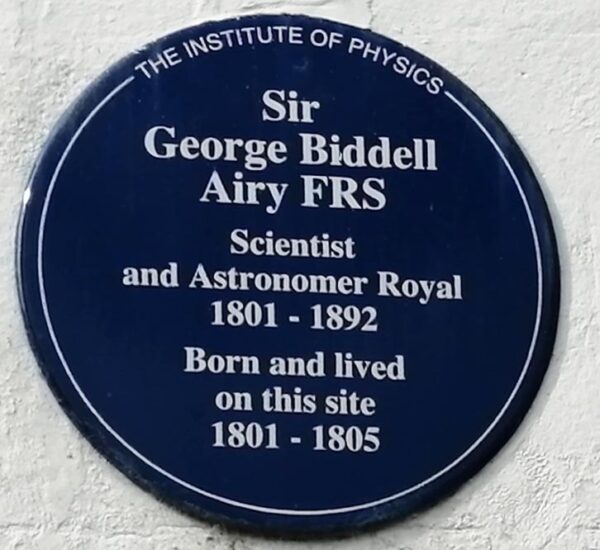
The Plaque at Number Five, Grosvenor Terrace, Alnwick
Greenwich Meridien
One of Airy’s most lasting legacies was the establishment of the prime meridian , the point on the earth against which all latitudes are calculated. at Greenwich, This was, to some extent, an accidental outcome. In his role as Astronomer Royal, in 1851, he installed a new transit circle at Greenwich. This is a telescope that can only move in a north south line – the meridian. When a star passes over this line, the instrument measures the angle at which this happens, while an accurate clock measures the time it occurs. These two measurements can be used to make a star chart, which was a great benefit to navigation on the seas.
The Greenwich meridian had moved a number of times as new transit circle telescopes had been installed in different positions around the Greenwich site, but it was Airy’s transit circle that established the UK’s prime meridian. In 1884, at the International Meridian Conference in Washington DC, despite vigorous attempts by the French to have Paris as the prime meridian, the Greenwich meridian, and in consequence Airy’s transit circle, was adopted as the Prime Meridian of the world.
The Northumberland Telescope
In 1833, as Director of the newly established Cambridge Observatory, George designed a mounting for a twelve-inch telescope that had been presented to the University by the Duke of Northumberland. In its day, this telescope was one of the largest in the world. The telescope is still in place at Cambridge, and although it is no longer employed for scientific work, it is regularly used for observations by the University Astronomical Society and members of the public.
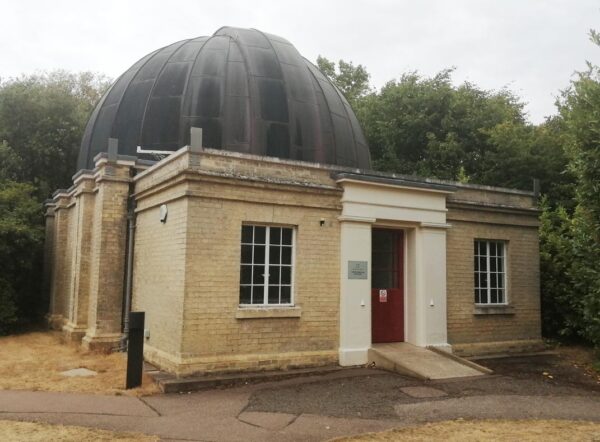
Exterior and Interior views of the Northumberland Telescope
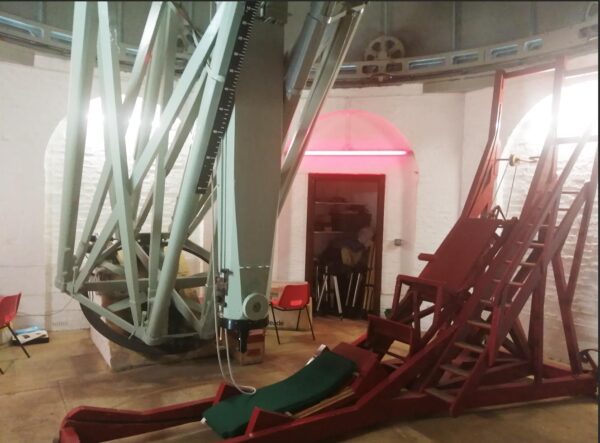
The Airy Craters-and Airy’s TWO Meridia
On the moon, there is a crater named Airy, while on Mars there are two craters bearing his name, one sitting within the other. The significance of the smaller one Airy-0 is that it was chosen to be the prime meridian of Mars, in recognition of the fact that Airy had already been responsible for the definition of the prime meridian on earth. Airey hence is the only person to have generated the prime meridia of two planets-a feat that is almost certain never to be repeated.

The Airy-0 Crater
The definition of Mars longitudes is of course just as important to navigation there as it is on earth . The map below shows the location of the Mars Opportunity programme landing site mapped against the location of the Airy crater. (The Opportinity robotic rover that was active on Mars from 2004 until 2018).
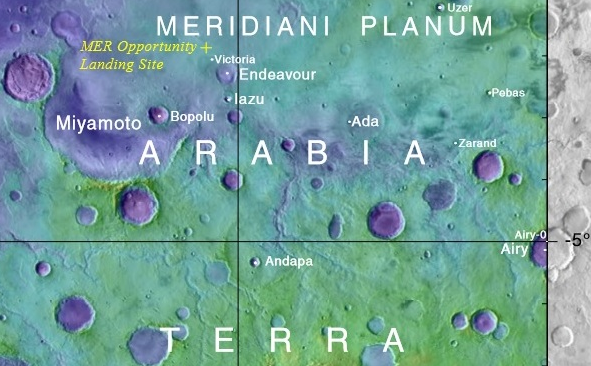
Source: Wikipedia
With thanks to Alnwick Civic Society
for their help in the material for this article.

